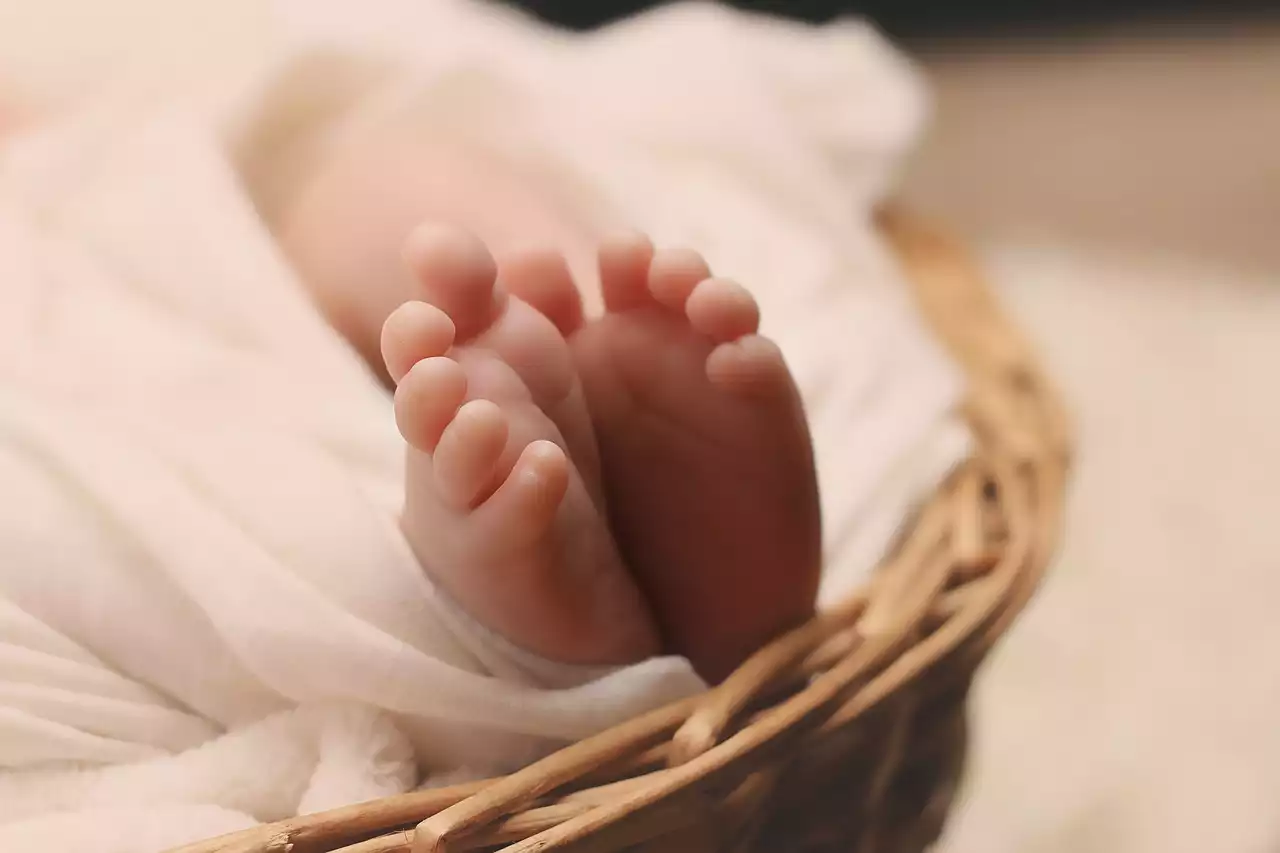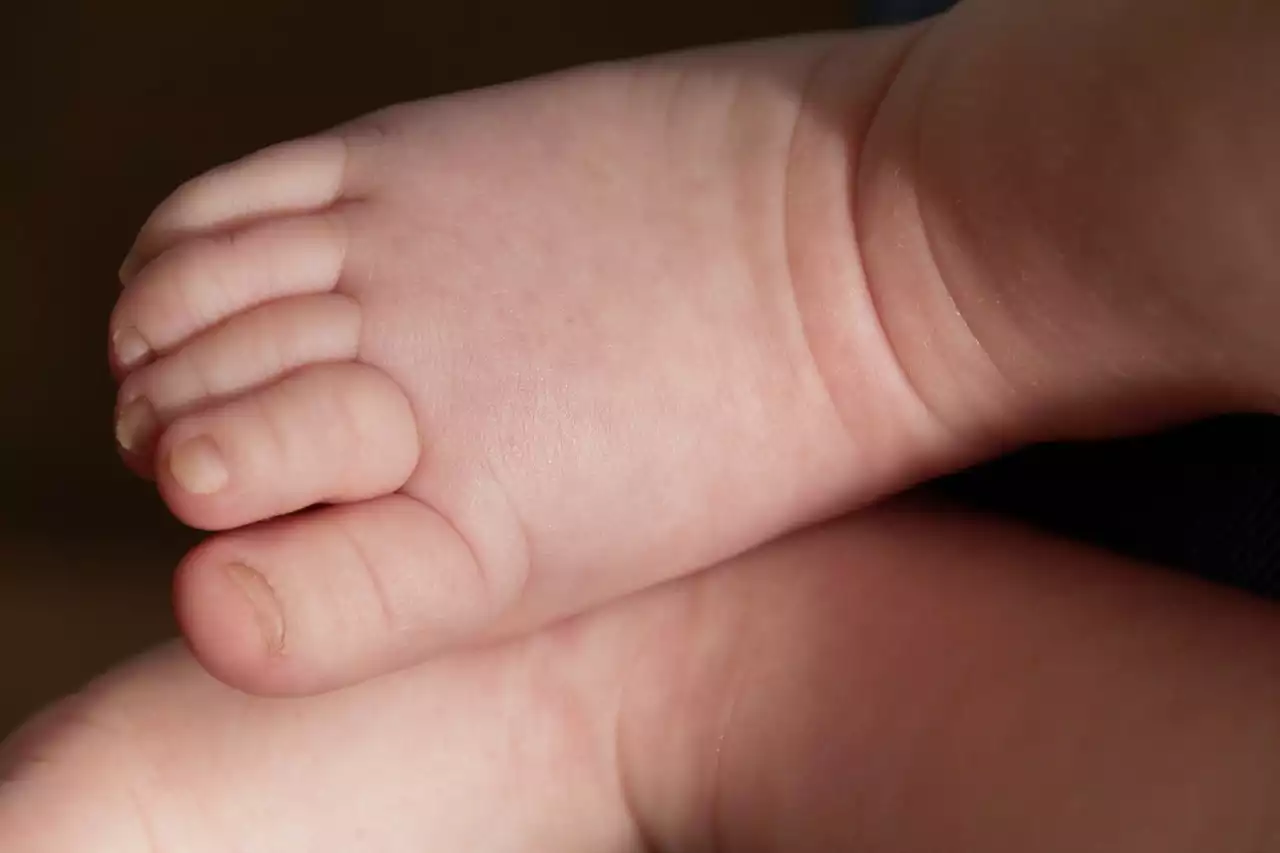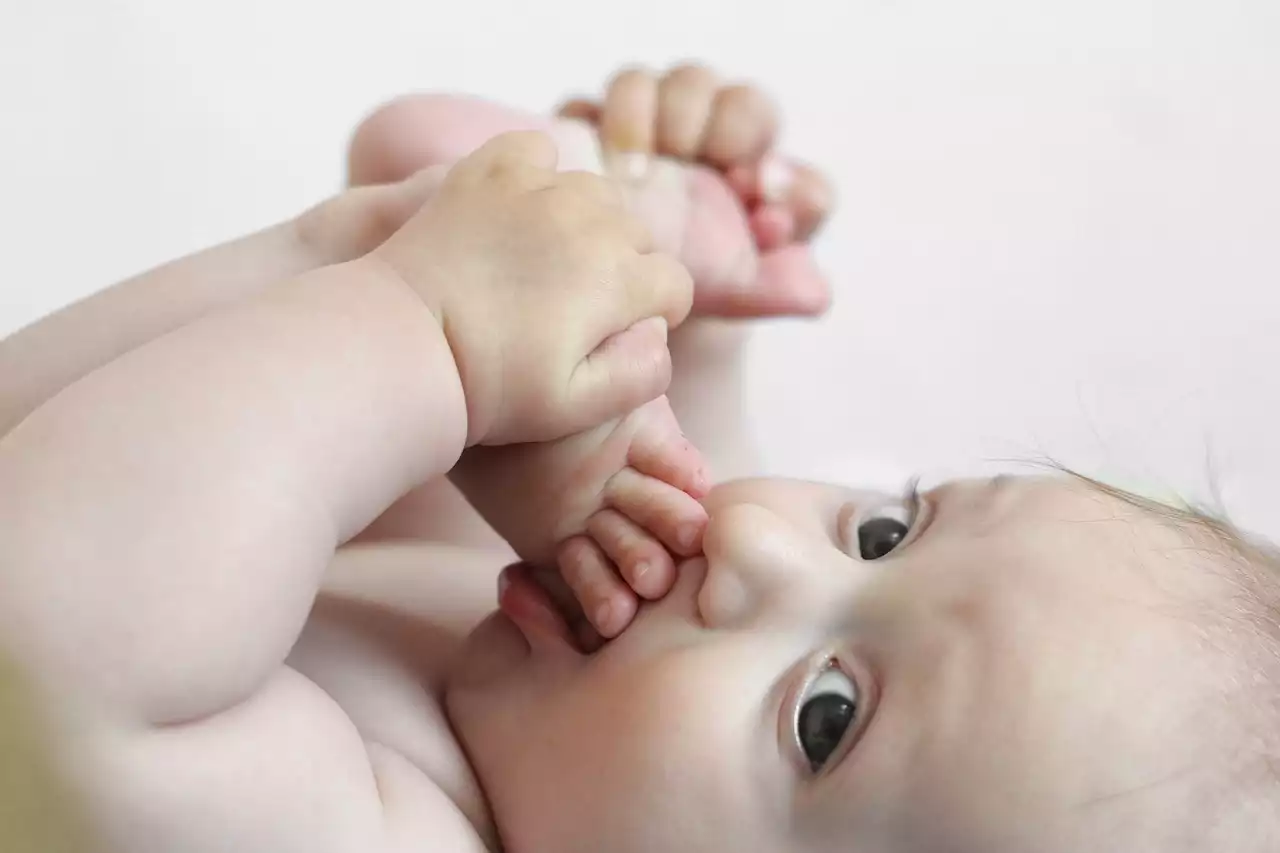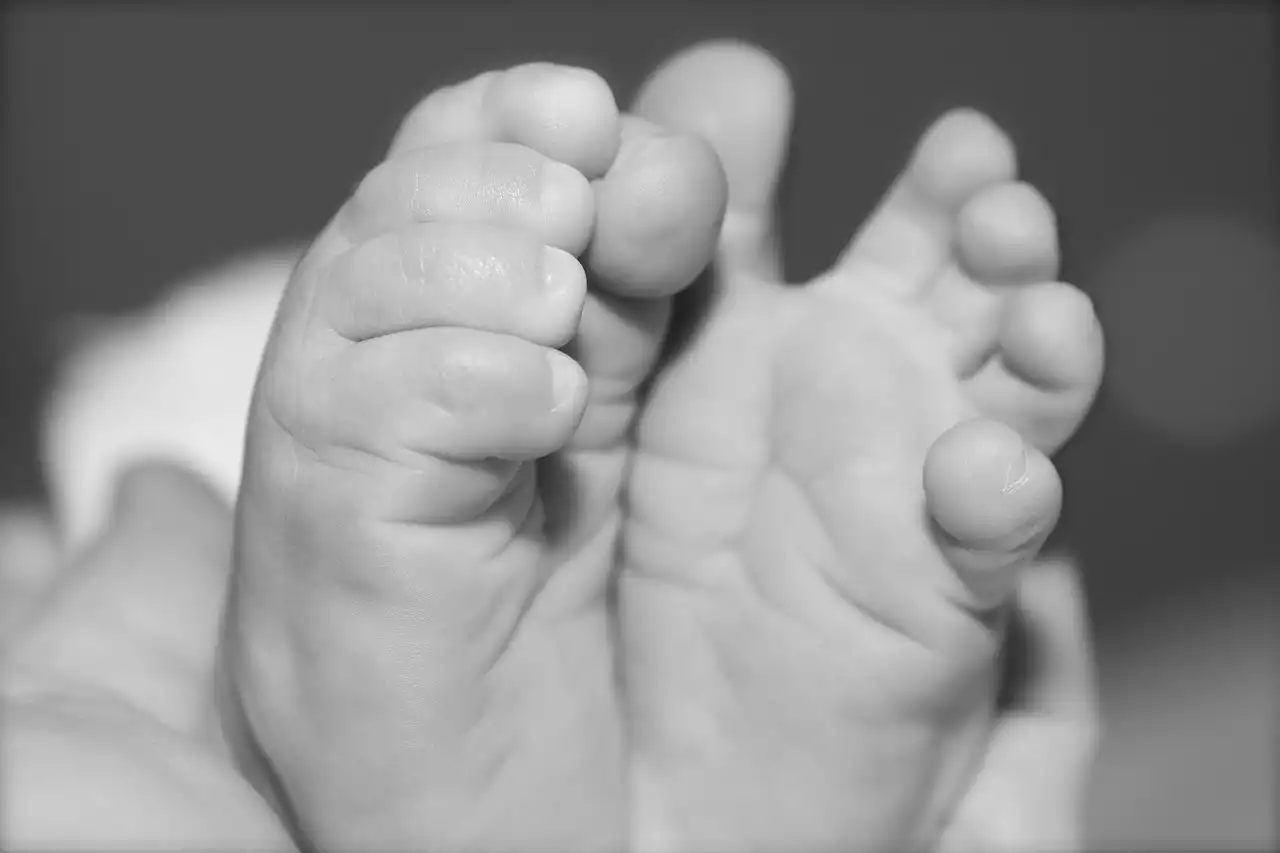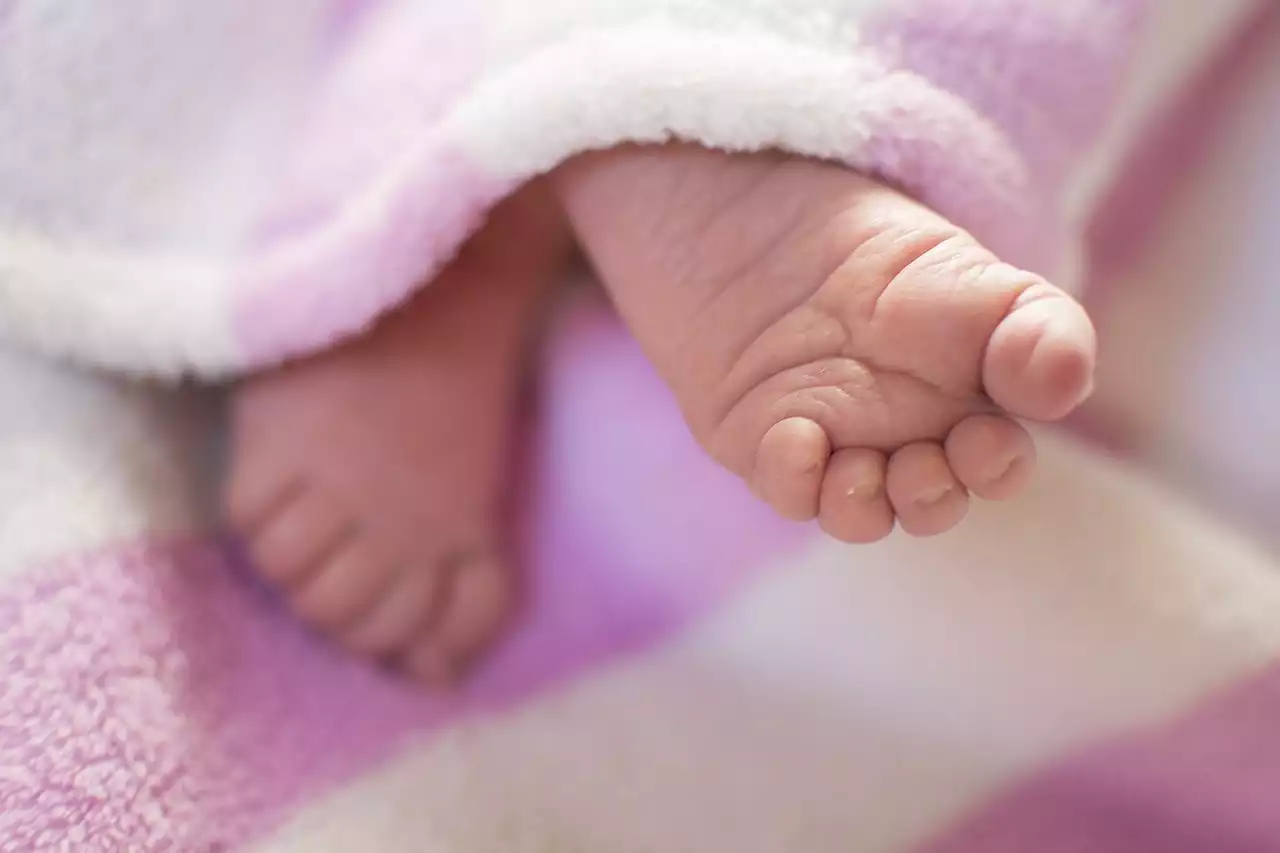What are Traditional Cribs?
Traditional cribs are those models that have been used for decades, with few (if any) design changes throughout their lifetimes. For example, a drop-side crib was invented sometime in the 1960s and was used as the standard crib design ever since. Therefore, drop-side cribs are a perfect example of traditional cribs. While there are many new designs available, traditional cribs can be recognized by their classic silhouettes and designs. Traditionally-styled cribs often feature charmingly simple silhouettes with few or no adornments, rounded edges (no sharp corners!), and can come in a variety of wood finishes. Traditional cribs are made using traditional woodworking techniques, like mortise and tendon joints, which provide extra strength and durability. Traditional cribs are also made using non-toxic materials, such as wood, that are safe for your baby. Some cribs even have a finish that is lead-free, like organic lacquers or water-based paints.
Benefits of Traditional Cribs
One of the biggest benefits of traditional cribs is their durability. Traditional cribs feature stronger construction and material, which allows them to stand the test of time. They can be used for multiple children and passed down through generations, whereas modern cribs may only last a single child. Traditional cribs are often one-of-a-kind pieces, crafted by skilled artisans, providing a unique and timeless design that other cribs cannot offer. Additionally, you can often modify traditional crib designs as your baby grows, such as adding a changing table or other adornments. Another advantage of traditional cribs is their ability to provide a sense of comfort and familiarity. Little ones often prefer familiar surroundings, such as their parents’ bed, a rocking chair, or a blanket that smells like home. Traditional cribs are often adorned with simple and classic designs that can provide a sense of comfort for parents and their little ones.
Comparing Traditional and Modern Cribs
Traditional cribs are often made from wood, such as walnut, cherry, or oak, with a non-toxic finish. These natural materials provide durability and ample breathability for your baby’s nursery. Traditional cribs can also be given a modern look with a variety of bold colours, such as red and blue. Traditional cribs are also often convertible, allowing you to add additional furniture to the crib throughout your child’s lifetime. Traditional cribs can last through multiple children, whereas modern cribs may only last through one. Traditional cribs are often handcrafted by artisans, providing a unique piece that can be cherished for lifetimes
Tips for Choosing a Traditional Crib
When shopping for a traditional crib, the most important thing is to make sure it meets all the safety standards set for your baby’s first bed. Ensure that the crib has a low enough railing so your baby cannot climb out. Always check the weight limit of the crib, as well. Another important thing to remember when purchasing a traditional crib is its longevity. Traditional cribs are often crafted with stronger, more durable materials so they can last longer. Traditional cribs come in many different styles, so there is sure to be one that meets your preferences. You can also customize traditional cribs to give them a more modern look. Choosing a traditional crib over a modern alternative can provide numerous benefits for your baby. Traditional cribs are often made with a simple yet elegant design that provides a sense of familiarity. Traditional cribs are also made with stronger, more durable materials for longevity, such as wood and non-toxic finishes. With these advantages in mind, traditional cribs are sure to provide your baby with a safe and secure environment for years to come.
